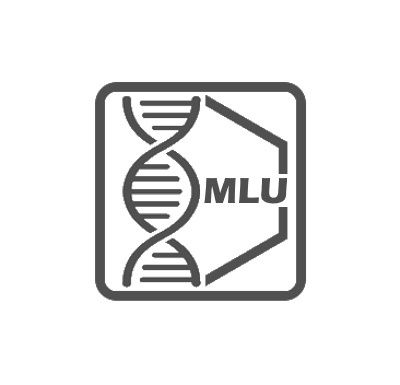Gunter Reuter
Prof. Gunter Reuter

Institute of Biology/Developmental Genetics
Weinbergweg 10
06120 Halle (Saale)
phone: +49 (0) 345-55 26303
gunter.reuter@genetik.uni-halle.de
Dr. Thomas Rudolph

Research Associate
Mechanism of assembly and specific recruitment of multiprotein complexes involving the histone demethylase dLSD1
Lsd1 is a flavin adenine dinucleotide- dependent amine oxidase that demethylates histone and non-histone substrates. The activity towards a specific lysine residue is controlled by its associated factors. In a complex with the corepressor CoRest the enzyme specifically removes H3K4 mono- and dimethylation and thereby represses gene activity. In the opposite way the demethylase can activate transcription in a complex with the androgen receptor. The binding of the androgen receptor changes the activity of the demethylase towards H3K9. The demethylation of this repressive mark activates transcription in androgen sensitive tissues. This activity of this complex is mis-regulated in many prostate cancers. We identified dLSD1 as a key factor for heterochromatin formation. Within heterochromatin and in quiescent germ line chromatin the enzyme protects against the accumulation of transcriptional active histone marks and ensures the transcriptional quiescence of both types of chromatin. This step is essential for the maintenance of heterochromatin and stem cell identity in primordial germ line cells. As a consequence mutations in Drosophila LSD1 show a broad spectrum of developmental defects. They are recessive male and female sterile and this sterility is germ line dependent. All mutations are strong and dominant suppressors of position effect variegation which is our favorite genetic model system to measure the integrity of heterochromatin. The males also have a very characteristic spread wing phenotype. With the help of all these characteristic phenotypes and our mutant collection of chromatin modifiers we want to address the question how dLSD1 is recruited into and regulated within the different complexes. To do so we established a transgenic in vivo monitoring system that shows a perfect rescue of all the different dLSD1 mutant phenotypes. With this system we are now able to screen for posttranslational modifications of dLSD1 and for factors that are responsible for recruitment of the demethylase into the different chromatin modifying complexes.




